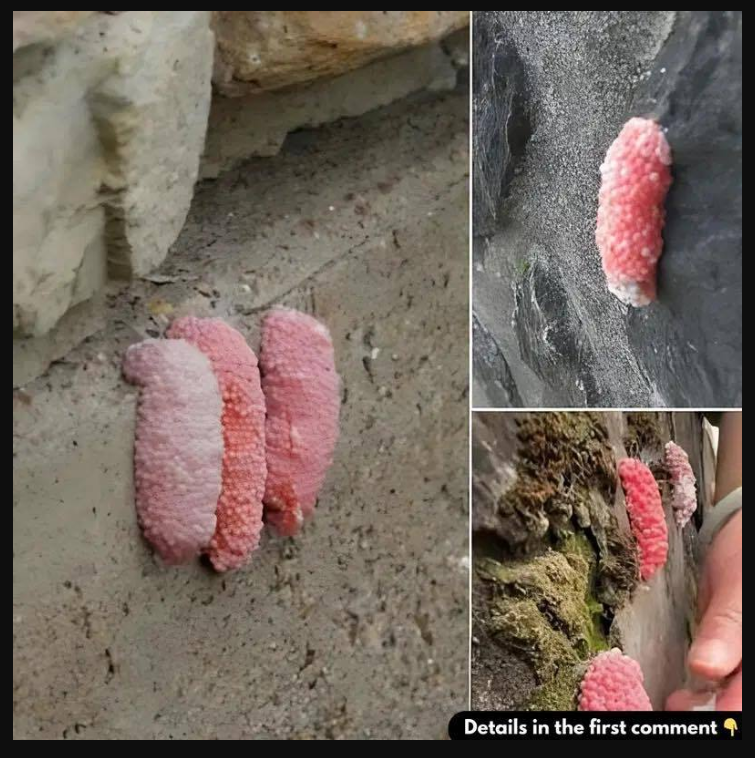If you notice bright pink egg clusters near water in your garden, don’t overlook them—they’re most
likely from the invasive apple snail, a freshwater mollusk native to South America that has become a global threat.
These snails, with shells up to 10 cm wide, thrive in warm, wet environments like ponds and swamps
and have spread throughout North America, Europe, and Asia, causing serious ecological damage.

Each pink egg cluster can hold 400 to 600 eggs, allowing them to multiply quickly. They consume
large amounts of aquatic vegetation, damage crops like rice, and outcompete native species.
Their eggs are not only toxic to predators but can also be harmful to humans if touched, which
is why handling them requires gloves. In the U.S., they are most common in states such as Florida, Texas, and California.
In Europe, countries like France and Spain have seen infestations, while in Asia, their impact on rice farming has been severe.
To help control their spread, you should report sightings through local environmental agencies, safely remove egg clusters using gloves,
and never release aquarium snails into the wild. Gardeners with water features are especially at risk, as apple snails can quickly destroy aquatic plants.
Recognizing these eggs early and acting fast is crucial. While the clusters may appear visually striking, they signal a serious threat to biodiversity
and agriculture. Staying alert, spreading awareness, and taking immediate action can help protect your garden and the wider ecosystem.





